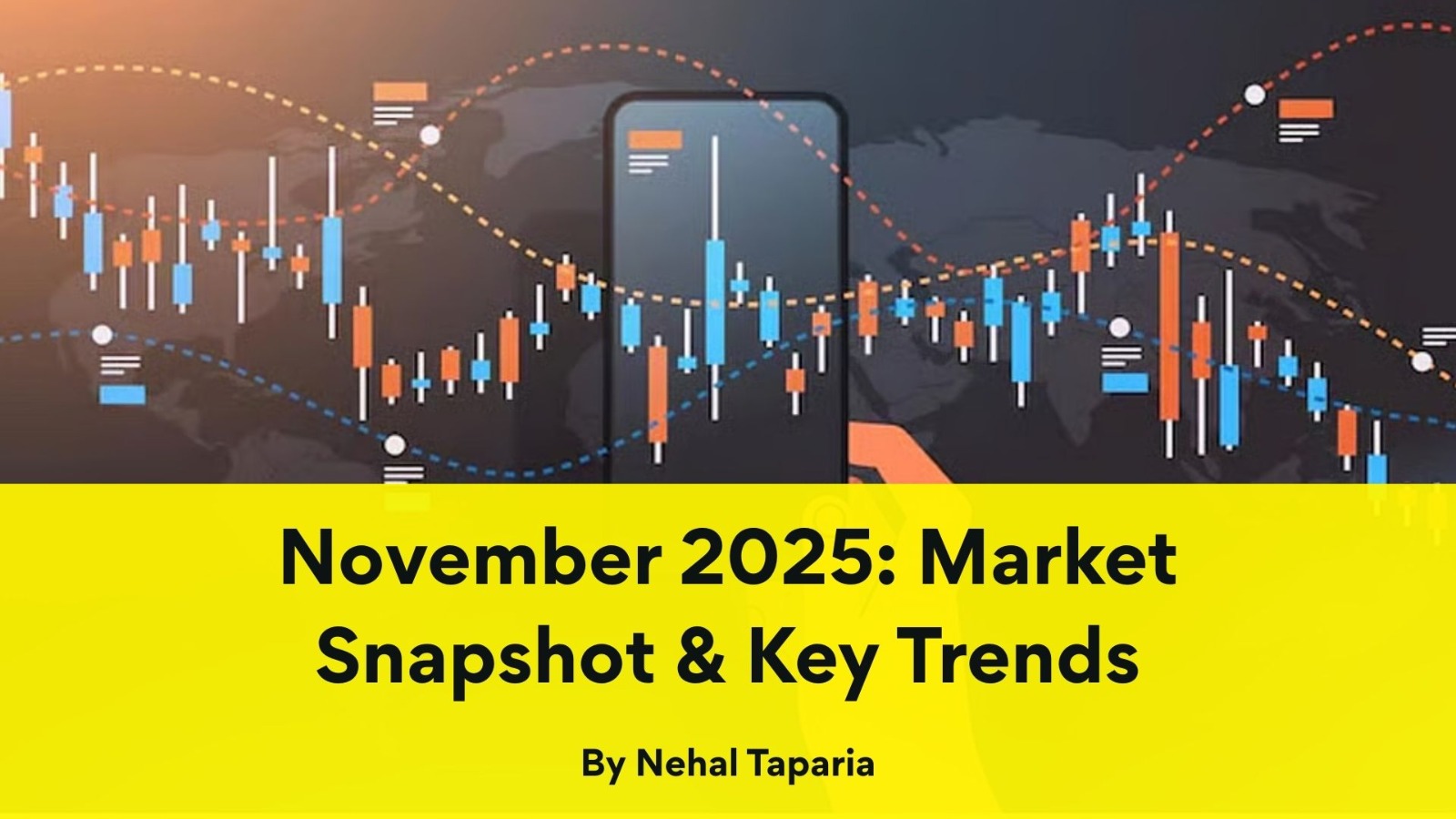Norway's Surprise Rate Cut—Why It Matters
.jpeg)
Norway's Surprise Rate Cut—Why It Matters
On June 19, 2025, Norway’s central bank, Norges Bank, delivered a surprise 25 bps cut to its key policy rate, bringing it down to 4.25%—the first such move since the COVID‑19 era. The decision came in response to unexpectedly softening core inflation (2.8% in May) and is coupled with a forward-guidance path showing potential cuts to 4.0% in September and even 3.75% by December.
Why Norway acted now
- Cooling inflation & cautious outlook: Underlying inflation has declined faster than projected, giving Norges Bank confidence that consumer prices are approaching its 2% target.
- Forex sensitivity: A softer krone limits the risk of imported inflation, helping to cushion currency shocks.
- Global dovish shift: The move aligns with a broader pivot in many central banks toward easing—even as others, like the Fed, remain on hold.
Immediate market impact
- Currencies: Norwegian krone dropped 1–1.3%, with the USD and EUR gaining ground.
- Norwegian bonds: Government bond yields fell ~10 bps to ~3.95%, the lowest since May 12.
- Global linkages: Norges Bank’s move contrasts with the Fed’s cautious tone and signals potential for more coordinated easing—momentum that may reverberate across global markets.
Market Outlook: India & Beyond
|
Final Take
Norges Bank’s first cut since the pandemic is a signal that global monetary policy is cautiously tilting toward easing. That shift can rejuvenate investor appetite for equities—including India’s—by boosting liquidity and encouraging foreign flows, especially toward high-growth and export-focused sectors.
By Saurabh Jain
This content is for educational and knowledge purposes only and should not be considered as investment or Trading advice. Please consult a certified financial advisor before making any investment or Trading decisions.
Our Recent FAQS
Frequently Asked Question &
Answers Here
1. Why was this Norway's first rate cut since COVID?
Norway had maintained or hiked rates to combat inflation in the post-pandemic recovery. But May's drop in core inflation to 2.8% provided the space for a cautious pivot .
2. What does “25 basis points” mean?
3. What’s the forward path for rates?
4. How will this affect global stocks?
5. Implications for Indian stock markets?
6. Should you adjust your portfolio?
Copyright © By Empirical F&M Academy. Design & Developed by Techno Duniya


.jpg)


.jpeg)




